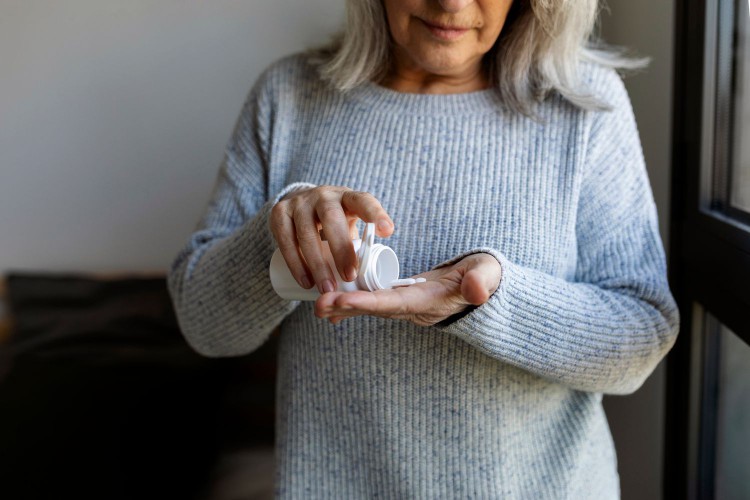Eosinophilic esophagitis: Drug may be treatment for childhood disease

- Researchers have published new research about eosinophilic esophagitis (EoE), an inflammatory condition primarily affecting children that hinders their ability to eat.
- Their study reveals that EoE is driven by interleukin-18 (IL-18), an immune system protein, leading to inflammation and the build-up of damaging eosinophils in the esophagus.
- The research also identifies a potential treatment, VX-765, which selectively targets pathogenic eosinophils without affecting essential white blood cells generated by IL-5.
In a
Consequently, the esophagus becomes shorter and its wall thickens, resulting in difficulties with swallowing and food becoming lodged in the throat.
Detecting symptoms in children can be more challenging and it carries higher risks because feeding difficulties can result in malnutrition and weight loss as well as impacting growth.
Eosinophilic esophagitis linked to protein IL-18
In their study, researchers determined that EoE can be attributed to
When the body is exposed to a food allergen, it triggers a pathway responsible for controlling the innate immune system, leading to the release of proinflammatory proteins such as IL-18. This, in turn, gives rise to eosinophils that cause harm to the esophagus.
The new research revealed that effectively blocking the NLRP3 pathway, along with the release of IL-18, prevented the onset of EoE triggered by both food and airborne allergens.
The symptoms of esophageal dysfunction are a result of the disease, which is defined by a chronic inflammation and fibrosis of the epithelium and subepithelial esophageal tissues characterize that is strongly linked to food allergies.
Anil Mishra
The disease is “characterized by progressive esophageal dysfunction that is localized to the esophagus and is dominated by eosinophils and associated with inflammatory or fibrotic blockages of the esophagus, which are present in most patients,” he explained.
Existing medication has the potential to inhibit this pathway
The study, conducted in mice, identified a potential pathway called NLRP3/caspase1/IL-18 that plays a key role in EoE development, offering new insights into potential treatments for this condition.
The researchers emphasized the significance of their proposed studies in light of the limited understanding of EoE’s mechanisms and treatment options.
They pointed out that further studies have the potential to greatly influence our understanding of the role of the NLRP3/caspase1/IL-18 pathway in the initiation of EoE pathogenesis.
The research pinpointed an existing medication, VX-765, as a potential inhibitor that could be effective as a treatment in people.
Notably, this inhibitor would selectively reduce the harmful eosinophils produced and altered by IL-18, while leaving unaffected the white blood cells generated by IL-5, a crucial protein for preserving innate immunity.
The next phase would involve conducting clinical trials in humans to assess the treatment’s safety and efficacy.
“Because there is no effective and broadly used cure, treatment is often left on the shoulders of the patient to ‘figure out for themselves’ what foods are triggering their symptoms,” she said.
This study was an incredible start at tackling the root cause of the disease. The treatment option found would tackle the physiological puzzle pieces that are out of place, rather than sticking a band-aid on an existing problem.
Lauren Mahesri, RDN, LD
Potential to improve the quality of life of children with EoE
Mahesri highlighted that “children who suffer with EoE often struggle with their diet.”
“The constant elimination diets often lead to poor intake, vitamin and mineral deficiencies, weight loss, and sometimes even malnutrition,” she noted.
“The evidence found in this article would drastically improve the quality of life for these children because frequent elimination diets would not be necessary,” Mahesri added.
“By understanding the mechanisms behind the disease pathogenesis, researchers can develop inhibitors that may protect against the damaging immune response seen in EoE,” he explained.
If successful, this research could have significant implications for patients and the public. It may offer a new treatment approach for EoE, potentially alleviating symptoms and improving the quality of life for those affected. However, it’s important to note that further clinical trials and research are needed to validate the effectiveness and safety of these inhibitors.
Atul Tandon








